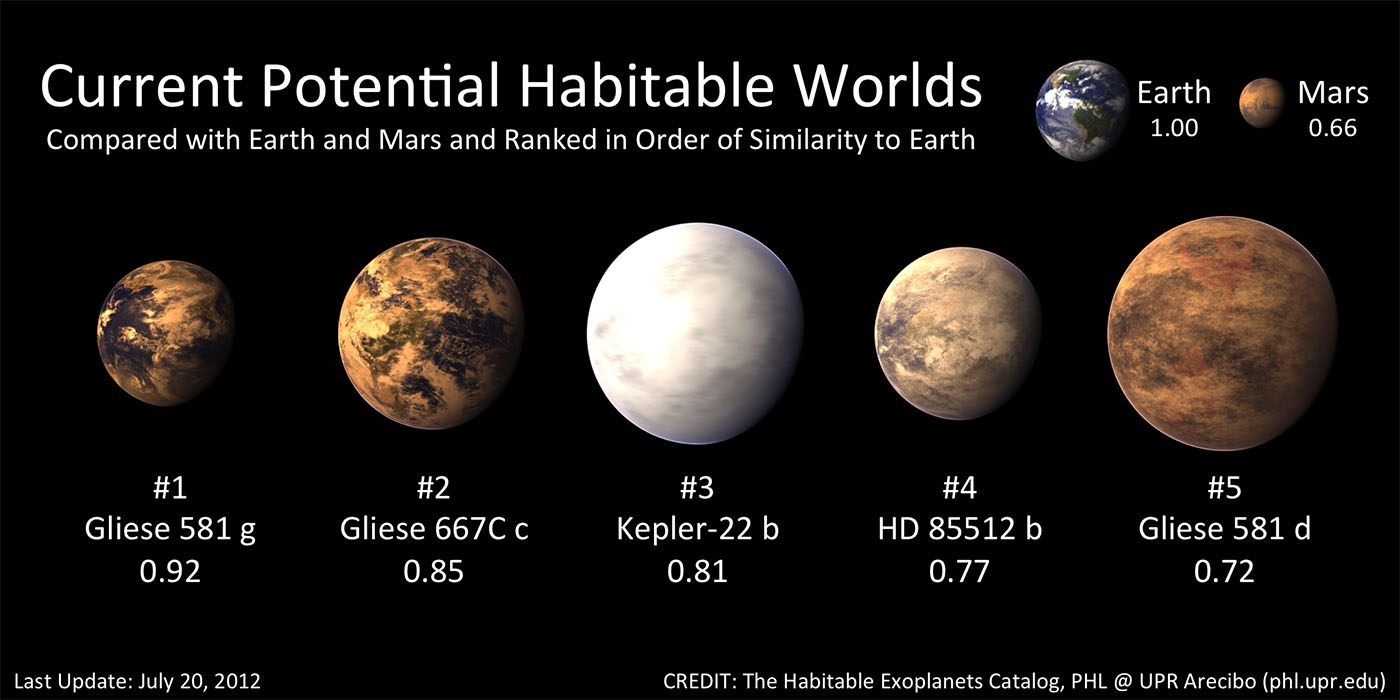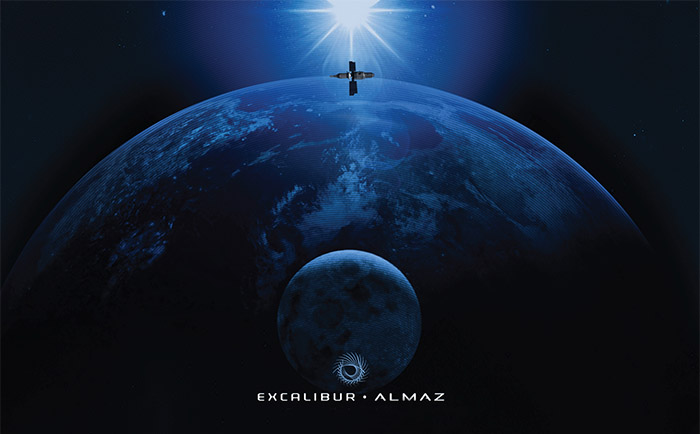By now, many people have seen the news story concerning former Pathfinder astronaut candidate Chantelle Rose.
We won’t comment on the arrest or pending criminal charge, of which we have no personal knowledge. Given this publicity, however, we want to clarify the status of Chantelle Rose and Teachers in Space.
Chantelle Rose was one of several astronaut candidates dropped from our Pathfinder program last year. This attrition is normal and expected in a pioneering program like ours. We have not had any contact with Chantelle Rose during the past 11 months.
In the intervening period, we have expanded our program to include informal educators, university students, hobbyists, and other citizen scientists, as well as teachers. Teachers in Space is now part of a larger program called Citizens in Space.
There has been some confusion due to statements made by the Space Frontier Foundation, an organization which we worked with in the past. The SFF has created its own education program and has attempted to blur the line between their program and ours by co-opting the name Teachers in Space – a name we have used since 2005, predating our association with the SFF.
Statements by the Space Frontier Foundation that Chantelle Rose is a current Pathfinder astronaut candidate are not accurate.
Citizens in Space remains entirely under the control of the United States Rocket Academy. We have not transferred the ten Pathfinder spaceflights, or any other part of our program, to the Space Frontier Foundation, nor do we intend to do so, nor do we plan to work with the Space Frontier Foundation in the future. Statements to the contrary are not accurate.
The Space Frontier Foundation played no role in purchasing the suborbital spaceflights. The failure of the SFF to raise money for flights is one of the reasons for our disassociation. The SFF was supposed to be working to raise funds to purchase additional flights but never did so. We were told that one of their board members would devote herself entirely to that task. Instead, she devoted all of her time to other SFF projects. Two years later, she had not scheduled a single fundraising event or raised a single dollar for Teachers in Space.
As stated on our website, we have three Pathfinder astronaut candidates at this time: Maureen Adams, Lt. Col. Steve Heck (USAF-ret.), and a third candidate whose identity is being kept confidential for privacy reasons. As additional candidates are selected, they will be announced on this website. The Space Frontier Foundation will not be part of the selection process.
Maureen Adams and Steve Heck have agreed to continue working with the SFF on NASA-funded educational workshops for the remainder of the summer, in order to honor their commitments to NASA. They have informed the SFF of their resignation, effective with the end of the summer workshops, and requested that their names and photographs be removed from SFF websites and promotional materials.
Some of the former Pathfinder astronaut candidates, including Chantelle Rose, continue to work with the Space Frontier Foundation. The Space Frontier Foundation has misrepresented the status of those individuals. We regret the confusion this has caused. Please continue to visit www.citizensinspace.org for accurate information about our program.




